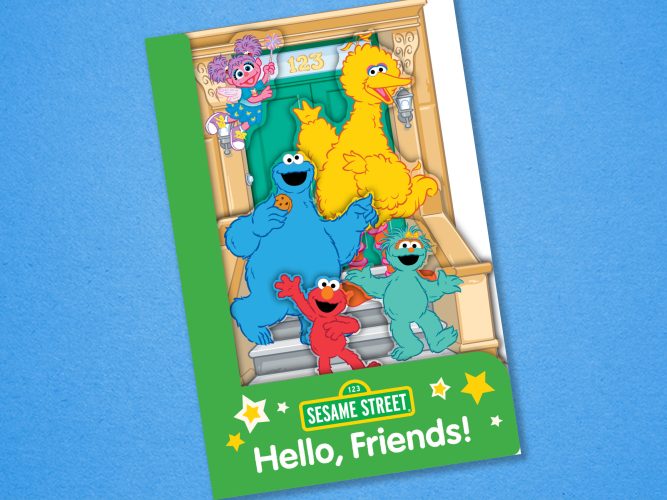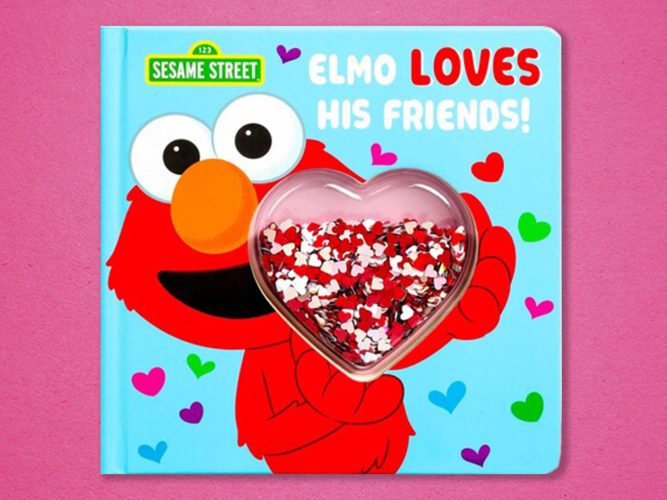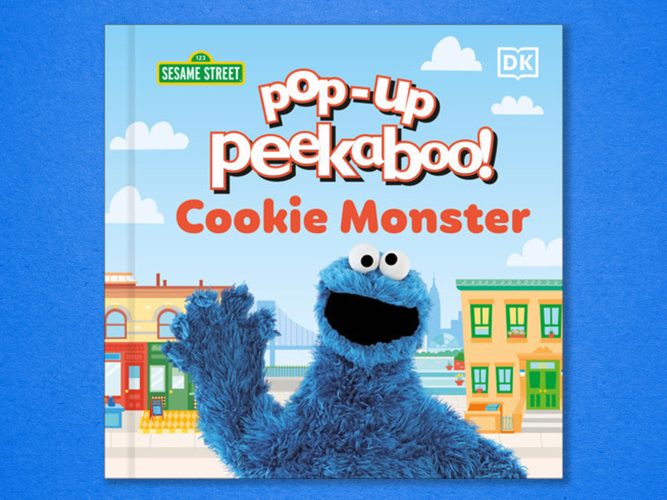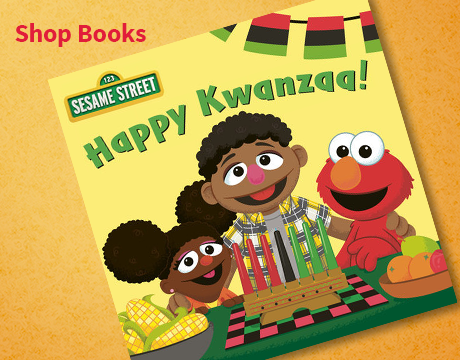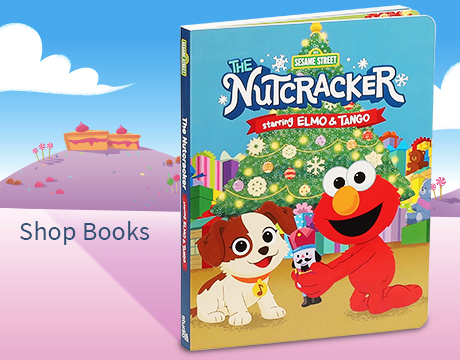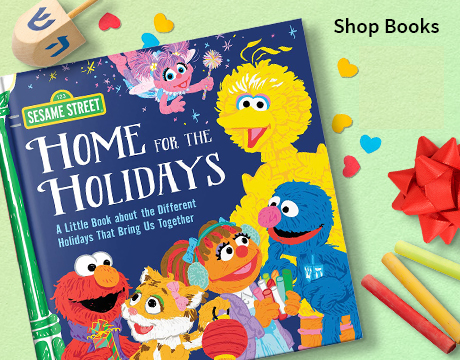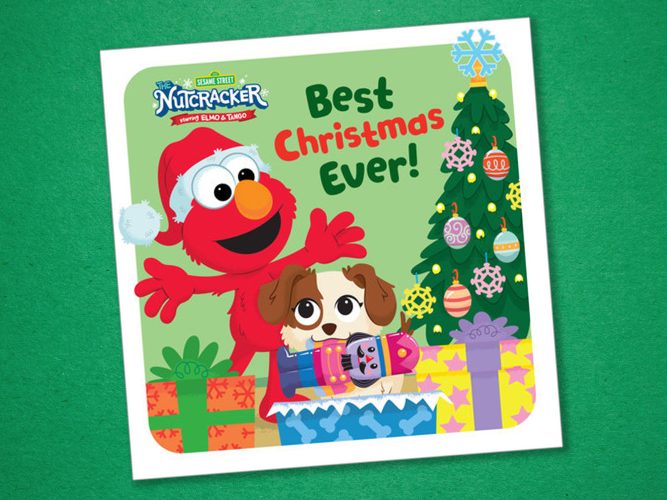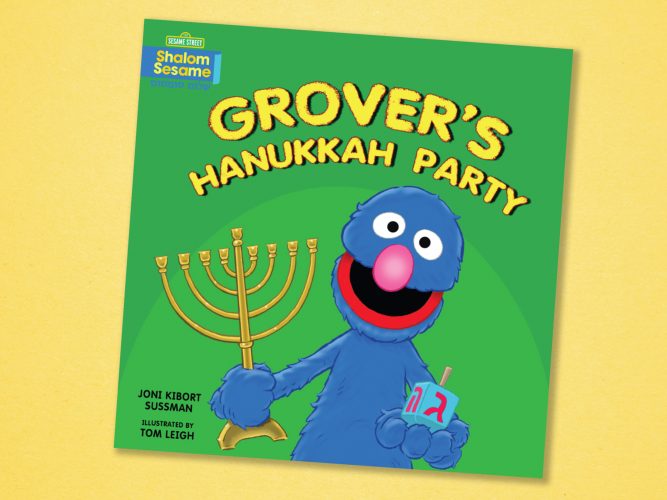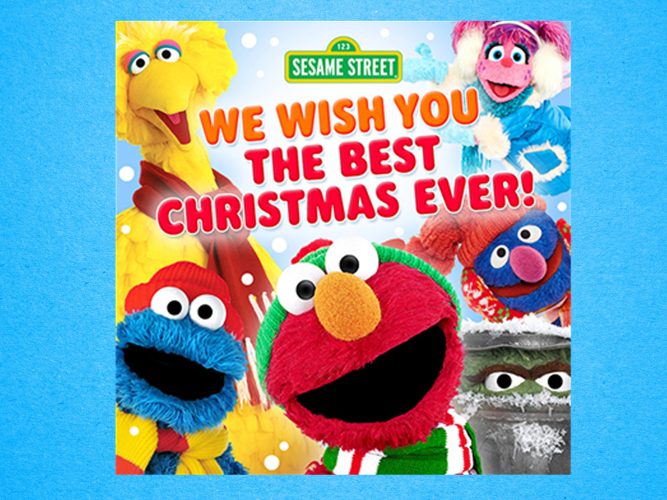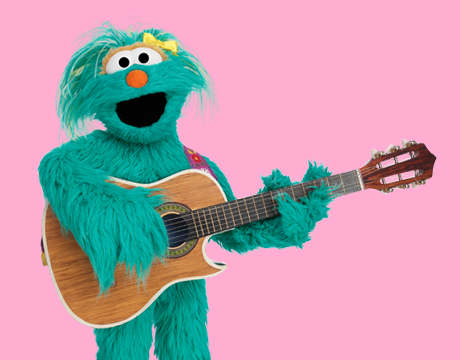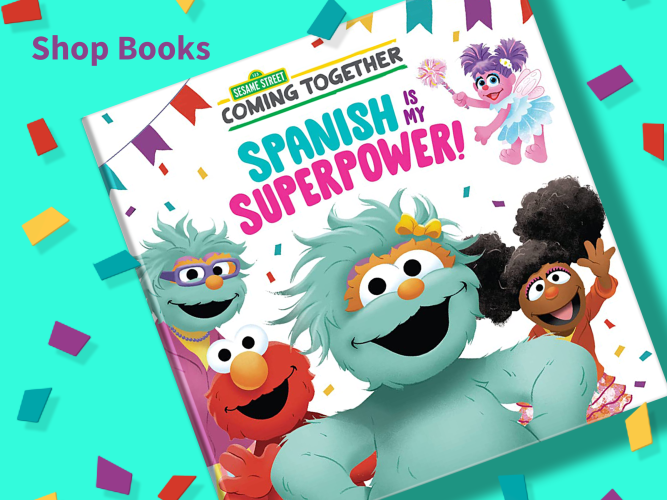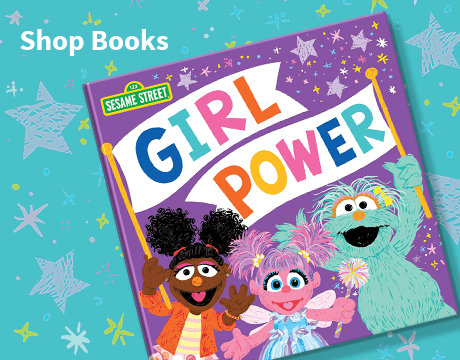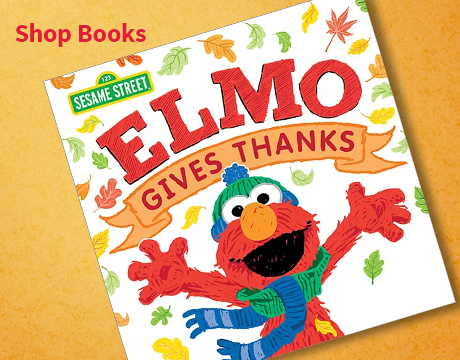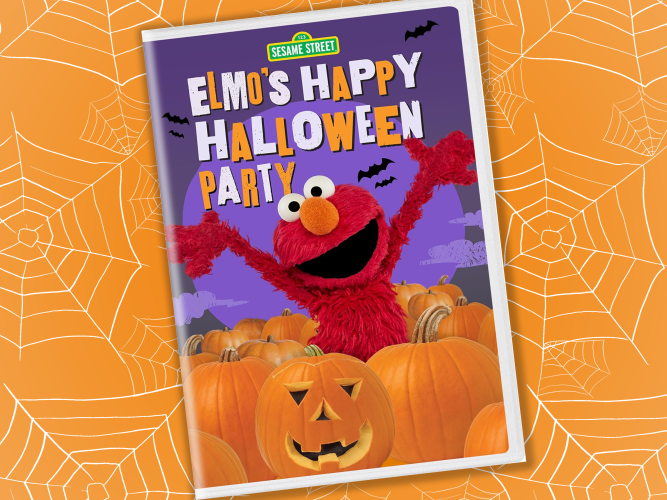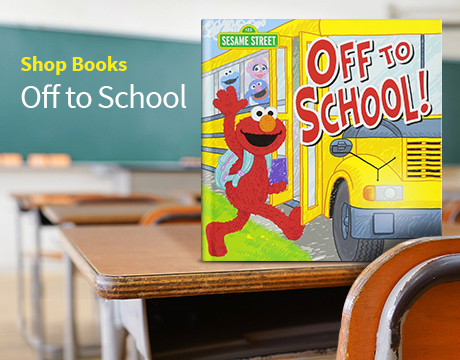The winter break is a wonderful time to bond with the child in your life. Explore our list of books, music, and movies to enjoy together.
Matching Gifts
You can increase your impact by making use of your company’s matching gift program. In these instances, you will be recognized for the full amount of your gift plus any employer match.
To find out if your company has a matching gift policy, please enter your employer's name in the search box. Thank you for your support!

